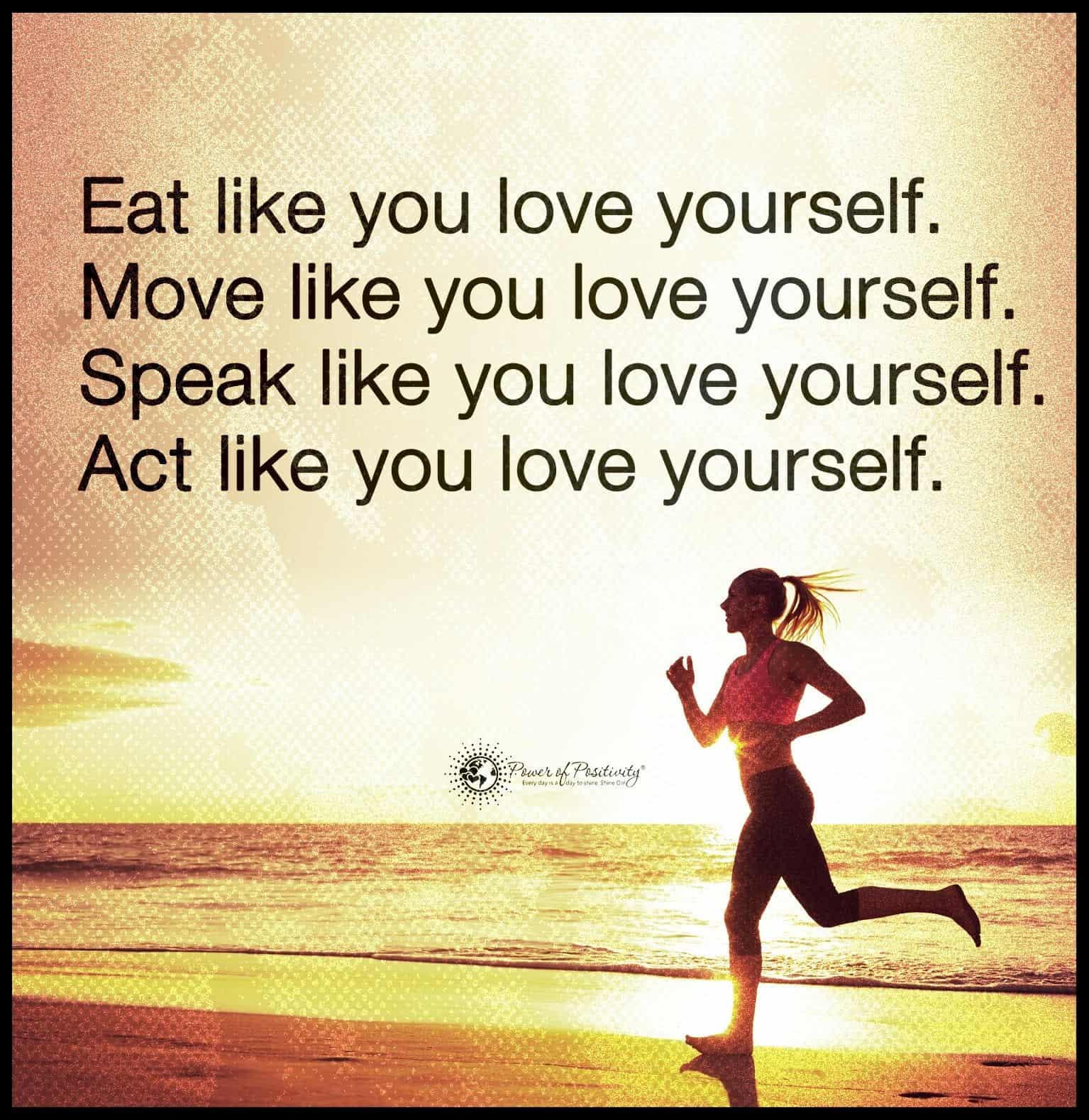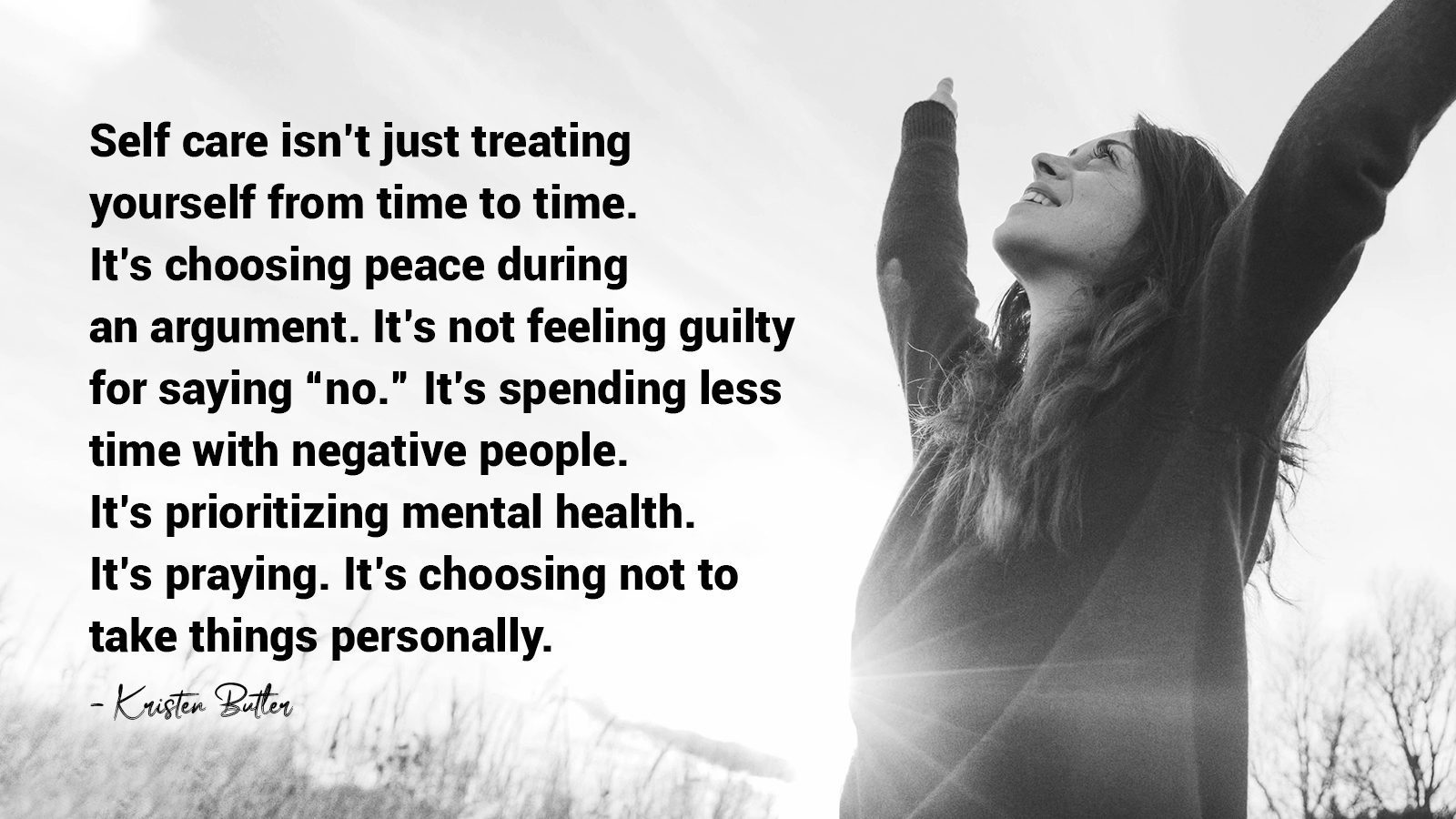Knowing your worth impacts your self-esteem, confidence, and overall well-being. By exploring these inspiring quotes about knowing your worth, you can gain insight and inspiration for embracing your unique value.
Quotes for self-worth and confidence can motivate and encourage self-awareness. When you know your worth, you’ll prioritize your well-being and not let others take advantage of you. You won’t underestimate your value or doubt your potential when you know your worth.
These quotes help with knowing your worth and remind you that you deserve respect and happiness. They encourage you to stop letting people take advantage of you or diminish your value. These words of wisdom can also help you appreciate what makes you different and recognize your full potential.
The Power of Quotes
Quotes provide inspiration, motivation, and guidance in life. These words of wisdom serve as a tool for self-reflection and personal growth, helping you become the best version of yourself.
Using inspirational quotes can remind you of your worth and allow you to do what’s best for you. These motivational sayings can make a difference in your life, boosting your self-esteem and helping you reach your goals. They remind you that your opinion of yourself means more than what others think, helping you stay true to yourself and your values.
Inspiring Quotes About Knowing Your Worth
Quotes about knowing your worth can help you achieve everything you want while boosting your confidence.
Quotes About Self-Love and Acceptance
Self-love quotes encourage self-acceptance and embracing imperfections. When you practice self-love and acceptance, it’ll help with knowing your worth.
1 – “It is so important to take time for yourself and find clarity. The most important relationship is the one you have with yourself.” – Diane Von Furstenberg.
Making time for yourself is a form of self-care that allows you to accept yourself. It boosts your relationship with yourself, helping you recognize your worth.
2 – “You need to love yourself. Love yourself so much to the point that your energy and aura rejects anyone who doesn’t know your worth.” – Billy Chapata.
Loving yourself allows you to walk away from anyone who doesn’t recognize your worth. When you love yourself enough, no one can penetrate your self-acceptance.
3 – “Because one believes in oneself, one doesn’t try to convince others. Because one is content with oneself, one doesn’t need others’ approval. Because one accepts oneself, the whole world accepts him or her.” – Lao Tzu.
If you accept and believe in yourself, no one else can affect your mindset. You won’t need approval from anyone else because you already get it from yourself.
Quotes About Knowing Your Worth: Building Confidence and Inner Strength
Confidence quotes can help boost inner strength and build courage. With inner strength and confidence, you’ll have no trouble knowing your worth.
4 – “Sometimes walking away has nothing to do with weakness and everything to do with strength. We walk away not because we want others to realize our worth and value, but because we finally realize our own.” – Unknown.
Walking away from someone who doesn’t treat you how you deserve shows inner strength. When you dare to prioritize yourself, it boosts your sense of self-worth.
5 – “When you start seeing your worth, you’ll find it harder to stay around people who don’t.” – Unknown
Knowing your worth gives you the strength to walk away from anyone who doesn’t recognize it. You deserve people who recognize your value and support you, and this quote encourages you.
6 – “She understood her worth which made her powerful. The world gravely needed a hero so she became one. No superpowers really, just a strong woman who took no nonsense from anyone.” – Randall Core
You become powerful when you put yourself first and stop letting people take advantage of you. This motivational quote reminds you to stand up for yourself and remember your worth.
7 – “With realization of one’s own potential and self-confidence in one’s ability, one can build a better world.” – Dalai Lama
You can achieve your goals by embracing your potential and finding self-confidence. It also makes the world better, as you’ll positively impact others.
Quotes About Resilience and Perseverance
Resilience quotes encourage perseverance and offer guidance for overcoming obstacles. When you show resilience, it helps you recognize and embrace your worth.
8 – “Believe in yourself and all that you are. Know that there is something inside you that is greater than any obstacle.” – Christian D. Larson.
You’ll experience hardship no matter how much you plan, and this quote can help you overcome obstacles. It reminds you of your worth and ability to push through anything.
9 – “I know what I bring to the table, so trust me when I say I’m not afraid to eat alone.” – Unknown
Not being afraid to be alone shows that you’re resilient enough to stand up to things you don’t believe in. It helps you prioritize your self-esteem rather than giving in to what you disagree with.
10 – “Life is ten percent what you experience and ninety percent how you respond to it.” – Charles R. Swindoll
When you know that you can be resilient and control your responses, you’ll have no trouble knowing your worth. This quote reminds you that no matter what you go through, you can overcome it.
11 – “Life is not easy for any of us. But what of that? We must have perseverance and, above all, confidence in ourselves. We must believe that we are gifted for something and that this thing, at whatever cost, must be attained.” – Marie Curie.
This quote reminds you that you can do anything with confidence in yourself. You can overcome any obstacle that comes your way to reach your goals.
Quotes About Empowerment and Self-Esteem
Empowerment quotes encourage personal growth and help with knowing your worth. Experiencing empowerment helps you foster a strong sense of self-esteem to guide you through life.
12 – “If you wish to achieve worthwhile things in your personal and career life, you must become a worthwhile person in your self-development.” – Brian Tracy.
Working on becoming the best version of yourself is the only way to achieve all your goals. Keep growing to empower yourself and recognize your worth.
13 – “Until you value yourself, you won’t value your time. Until you value your time, you will not do anything with it.” – M. Scott Peck.
Learning to value your time is empowering because you’ll no longer let people take advantage of you. You’ll prioritize what you want and need, allowing for personal growth and self-discovery.
14 – “You have to believe in yourself when no one else does – that makes you a winner right here.” – Venus Williams.
Believing in yourself is empowering and helps you push yourself for growth. You’ll feel like a winner no matter what happens while learning along the way.
Quotes About Knowing Your Worth, Authenticity, and Being True to Yourself
Authenticity quotes encourage being true to yourself, helping with knowing your worth. Being genuine allows you to recognize and embrace your value.
15 – “You are worthy of love and respect. You are beautiful, gifted, and intelligent. Don’t let the storm make you forget it.” – Russell T. Davies.
You don’t have to wait for someone else to love you because self-love is more than enough. This quote reminds you that you’re worthy as you are and helps you stay true to yourself.
16 – “Always be yourself and have faith in yourself. Do not go out and look for a successful personality and try to duplicate it.” – Bruce Lee.
Being true to yourself helps with knowing your worth because you won’t devalue yourself by pretending to be someone else. This quote reminds you to be genuine and believe in yourself.
17 – “To be yourself in a world that is constantly trying to make you something else is the greatest accomplishment.” – Ralph Waldo Emerson
You don’t have to change yourself to adapt to the world. The sooner you understand, the more you can embrace who you are. Being authentic is one of the best ways to embrace your worth.
Applying the Wisdom of Quotes to Your Life and Finding Inspiration Through Quotes
Using quotes can help with personal development and reflection, allowing you to become the best version of yourself. You can use them as reminders or mantras to reinforce a strong sense of self-worth.
Quote application is easy, and you can incorporate them into your daily life in the following ways:
- write them in your journal or planner
- think of them during meditation
- put them on your vision board
- share the quotes with others
- use them as affirmations
- post them in a place you’ll frequently see, like on your mirror or desk
Final Thoughts on This Collection of Knowing Your Worth Quotes
These inspiring quotes about knowing your worth can improve your self-esteem, confidence, and well-being. Continue exploring and embracing your worth through reflection, self-love, and personal growth.
You can further embrace your worth through quotes as motivation and inspiration. You’ll see yourself in a better light and embrace what makes you different.
These quotes also encourage you to disregard negative opinions from others because what you think of yourself is all that matters. Share these inspiring quotes with your friends and family or on social media so others can benefit and recognize their worth.



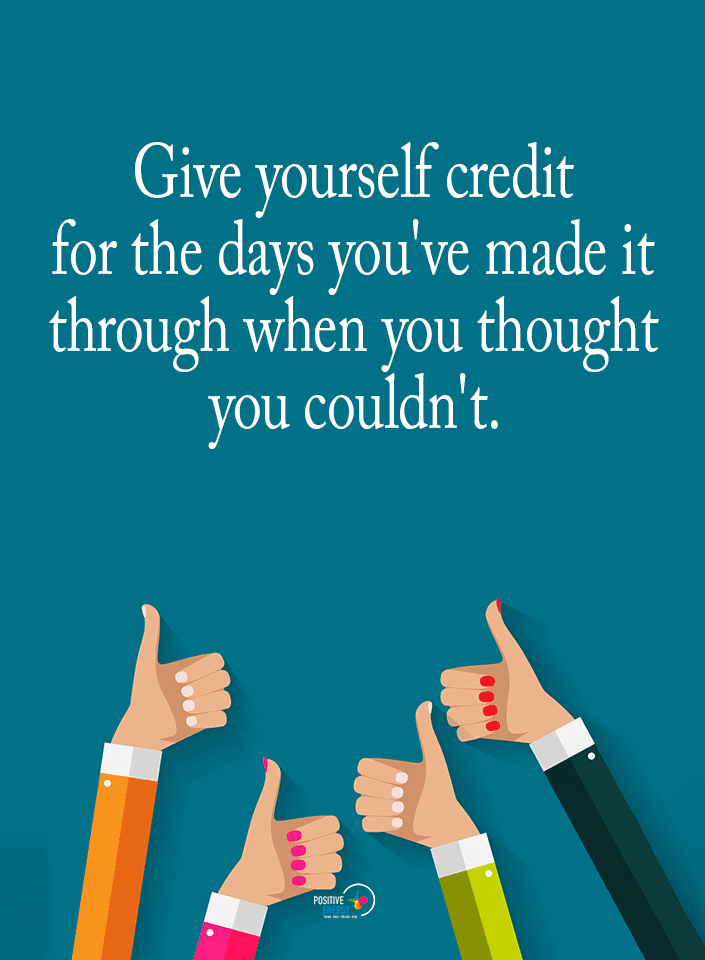


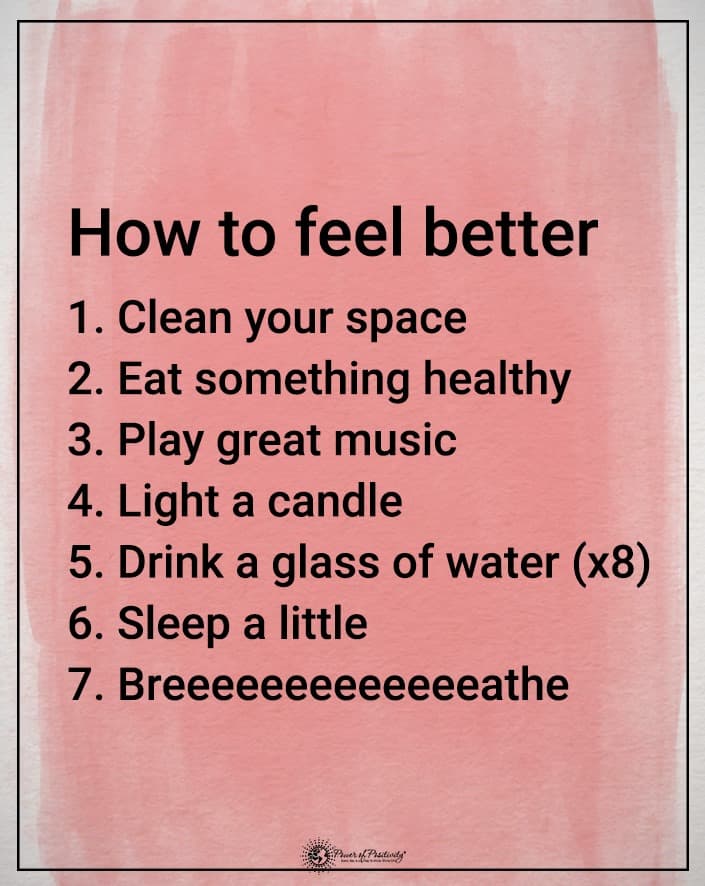

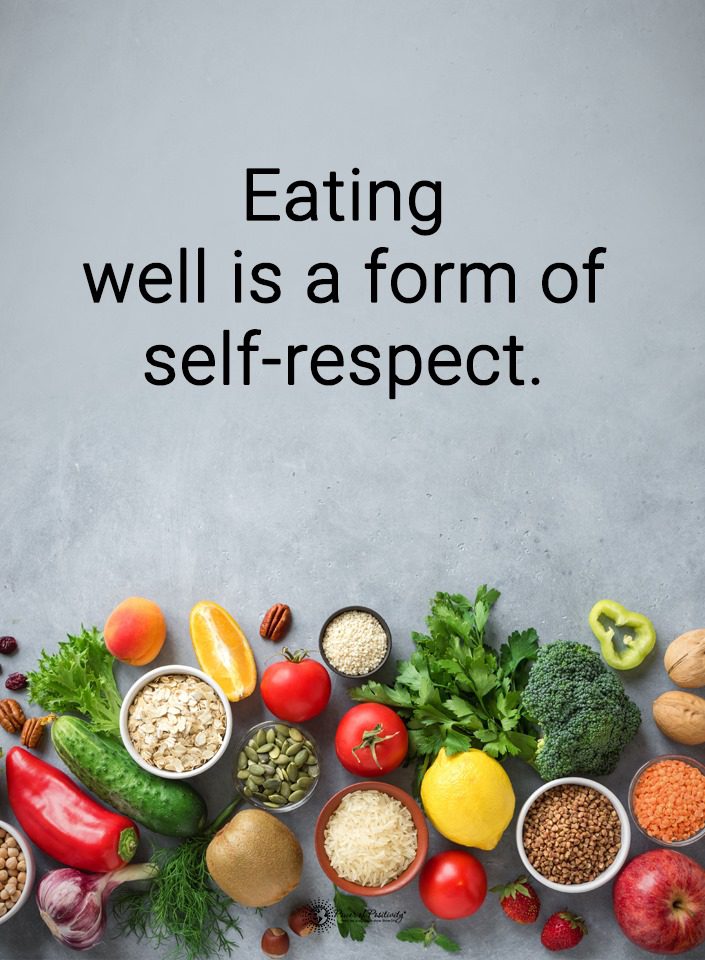

 Final Thoughts on Ditching Iodized Salt for a Healther Alternative
Final Thoughts on Ditching Iodized Salt for a Healther Alternative